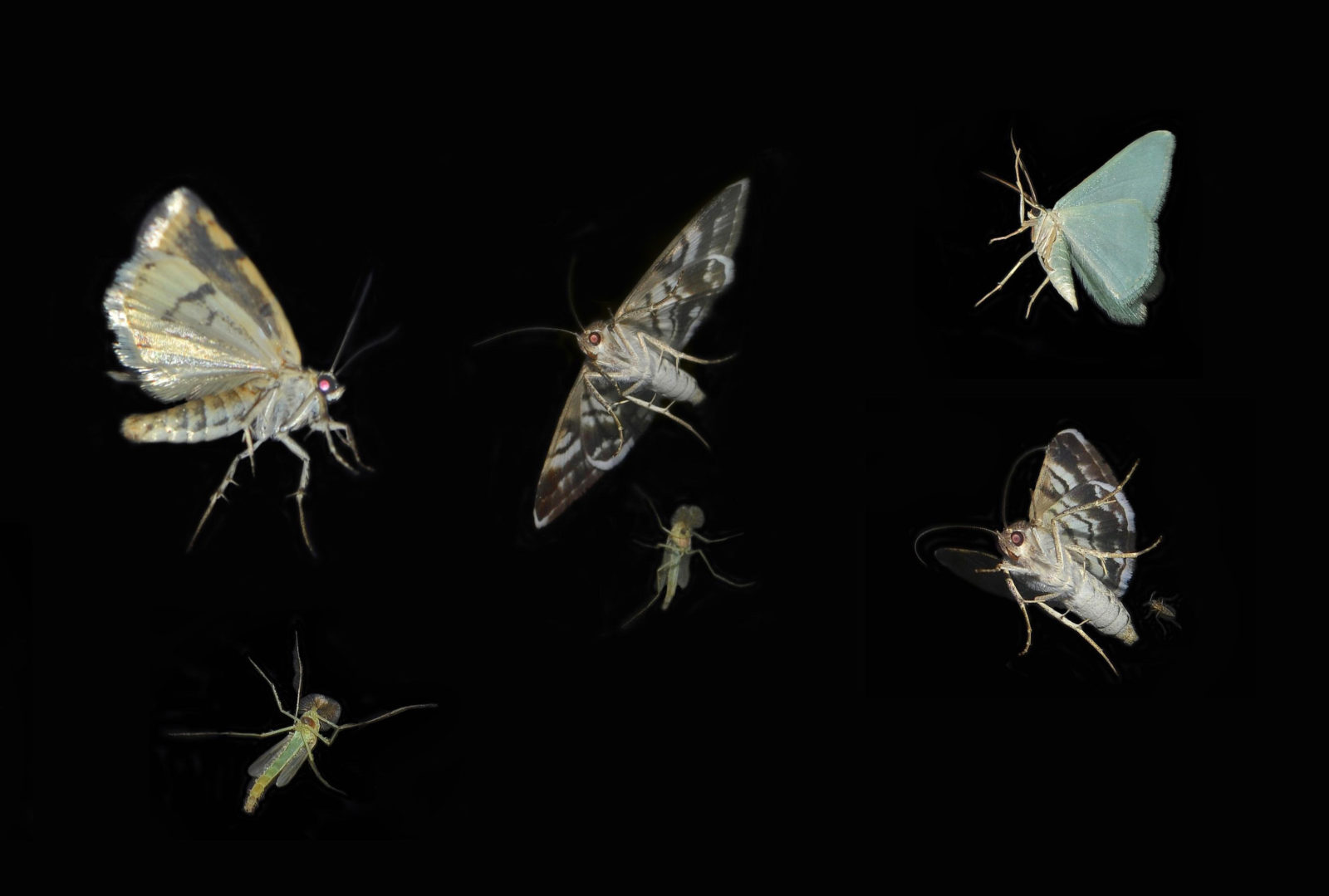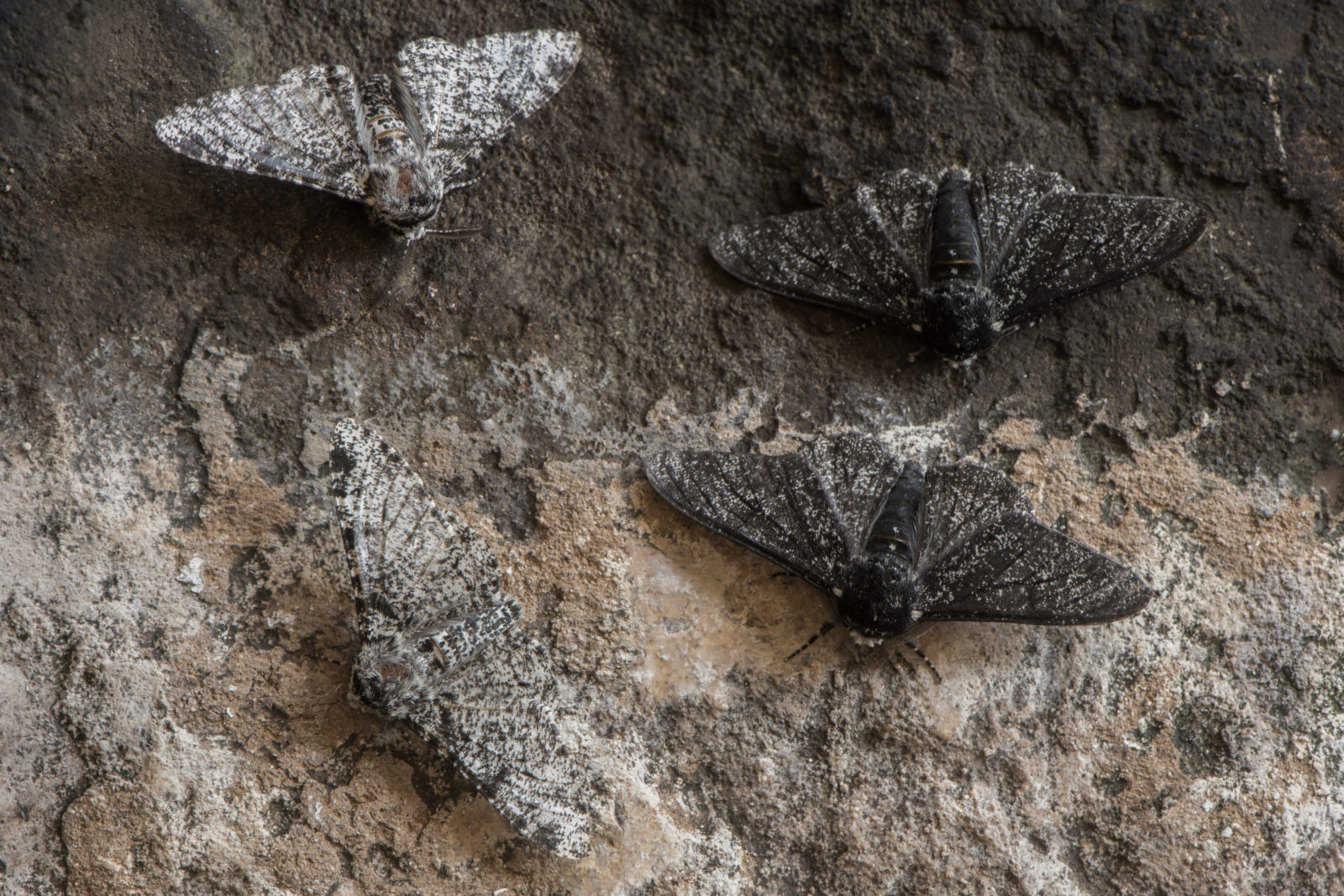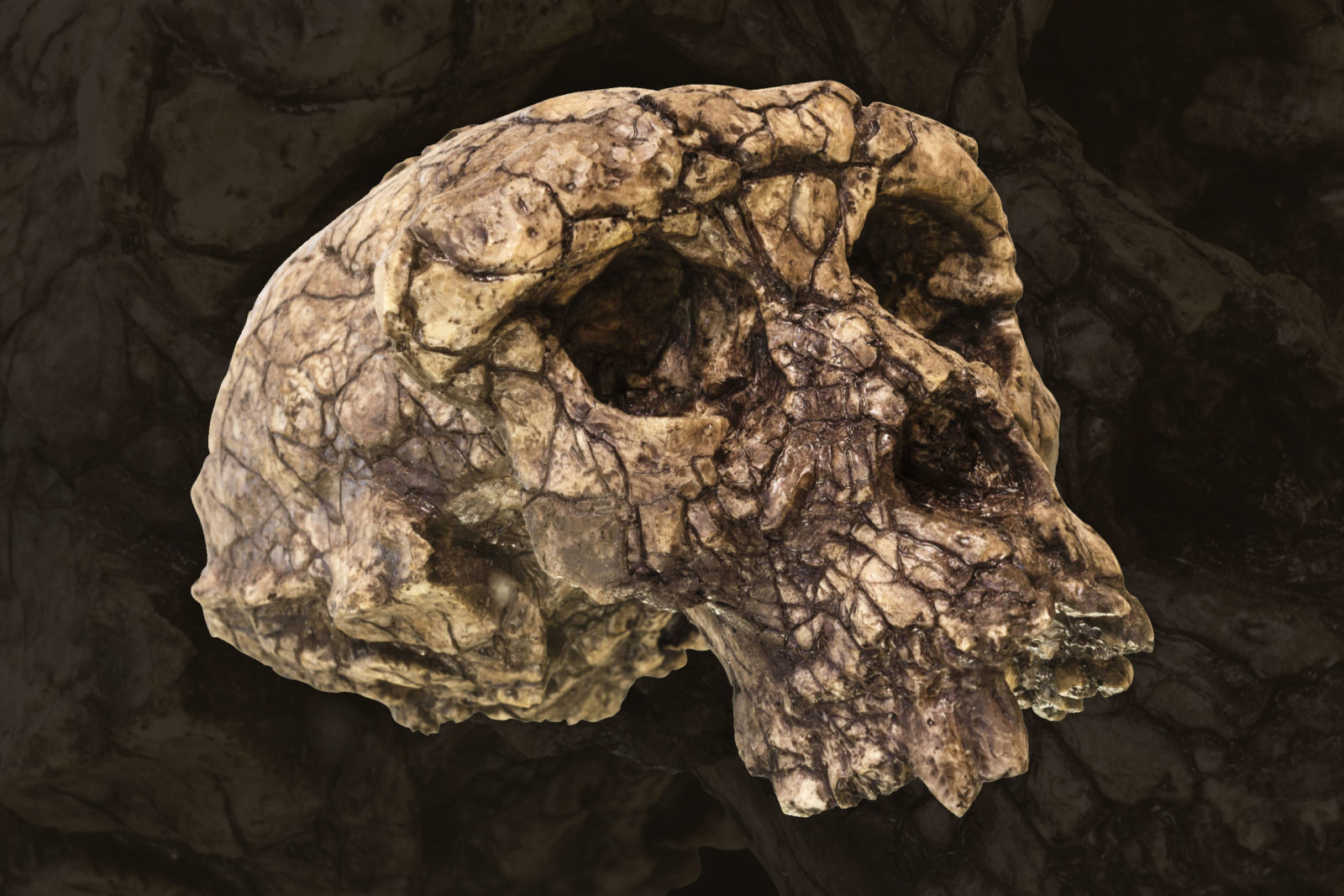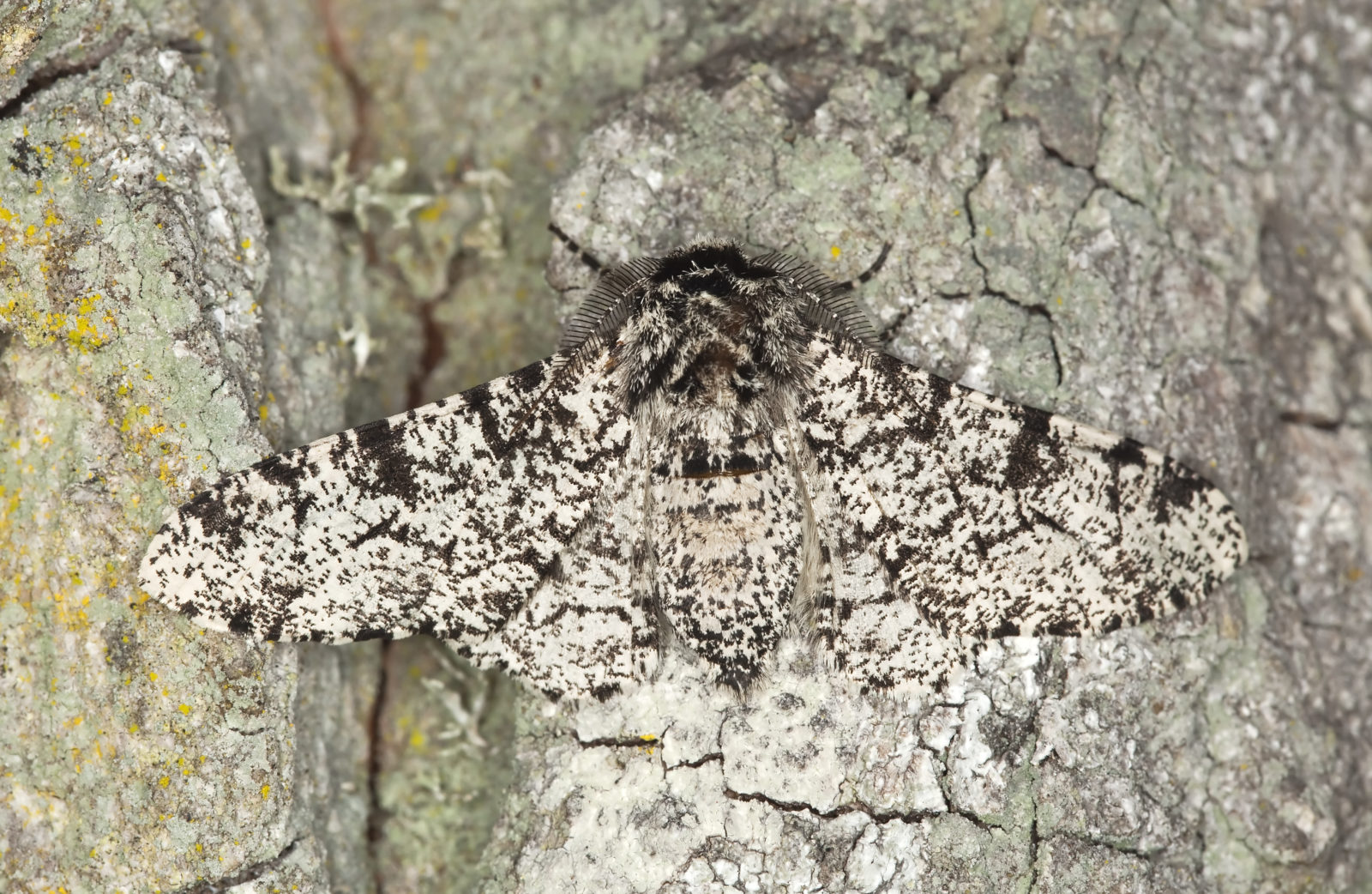
Desperately Defending The Peppered Myth
pen almost any introductory biology textbook published between 1960 and 2000 and you’ll see pictures of peppered moths resting on tree trunks, put there to illustrate the classic story of natural selection in action. Since the 1980s, however, biologists have known that the story is seriously flawed. In a new book, Of Moths and Men, Judith Hooper documents the rise Read More ›




